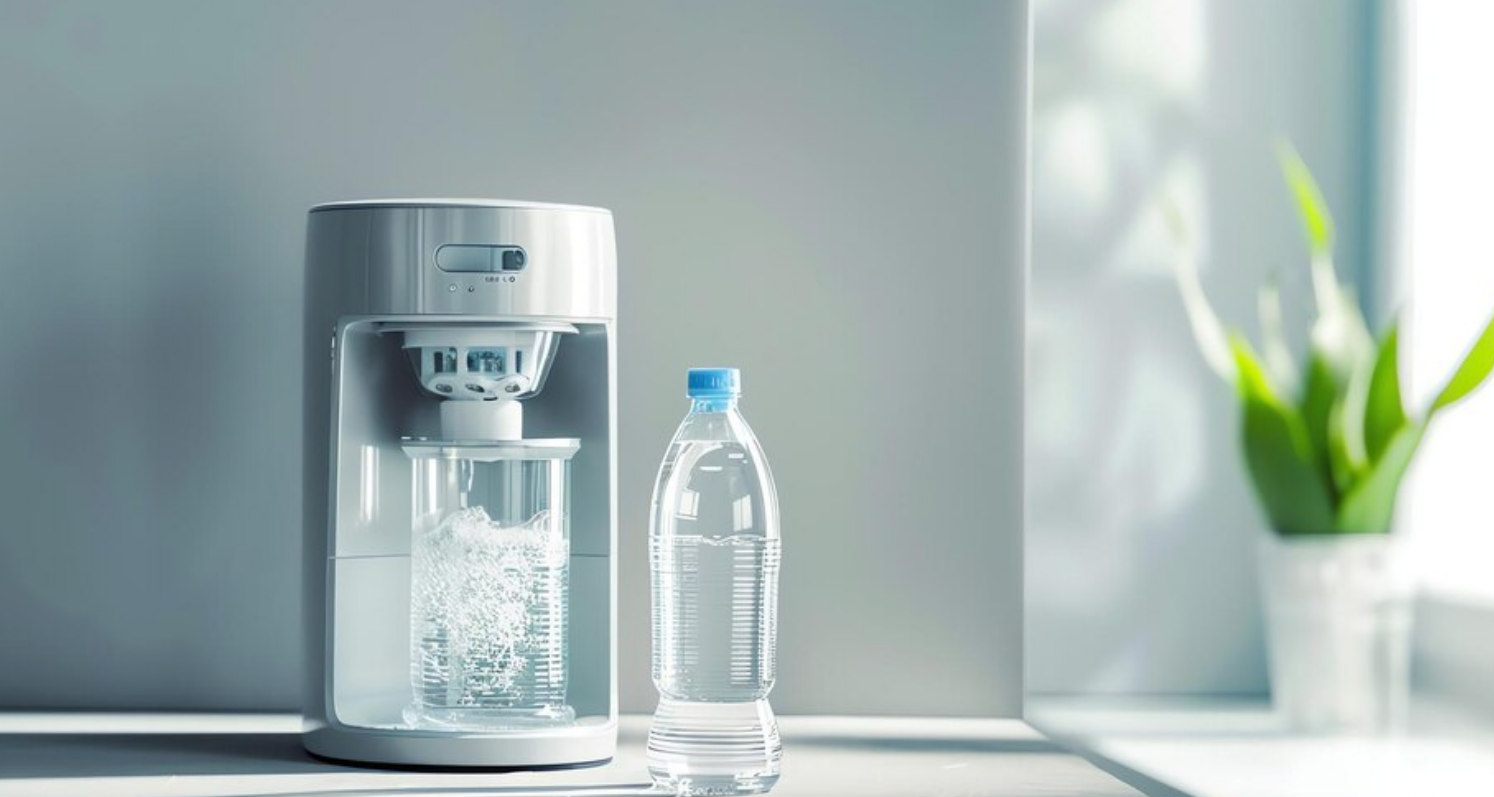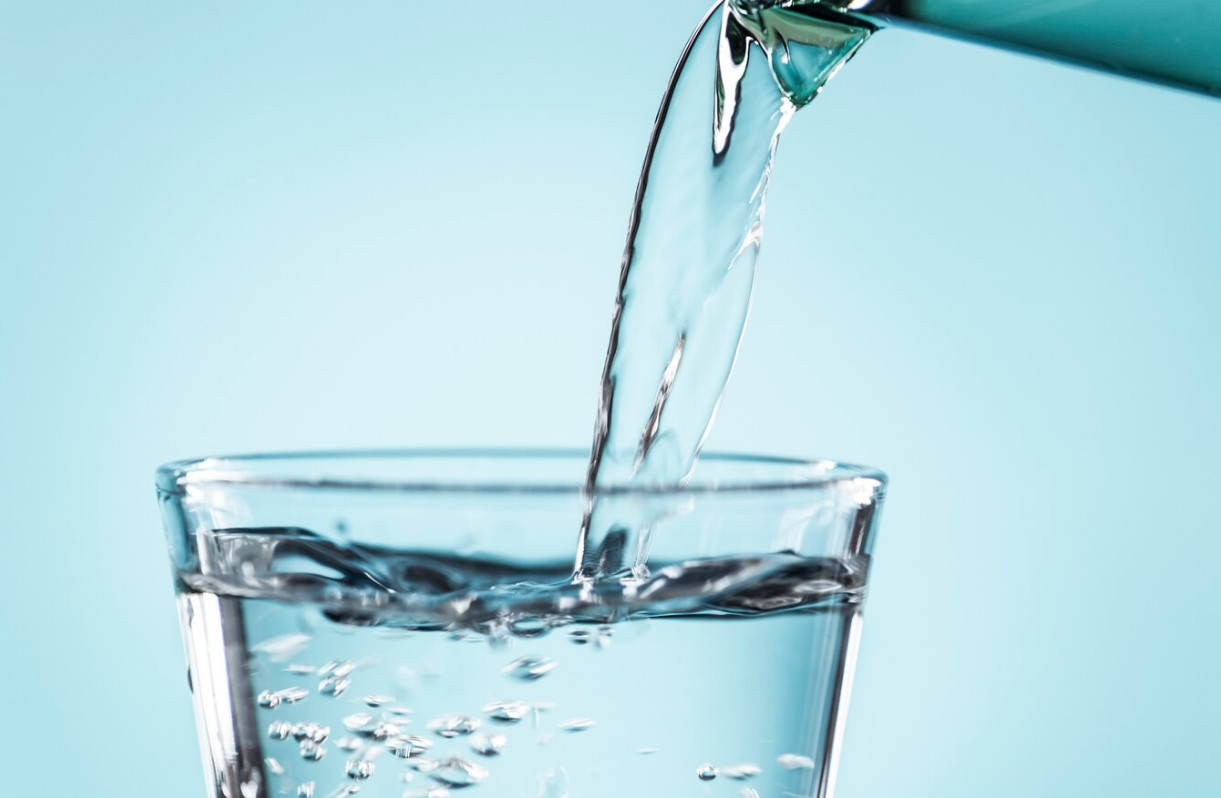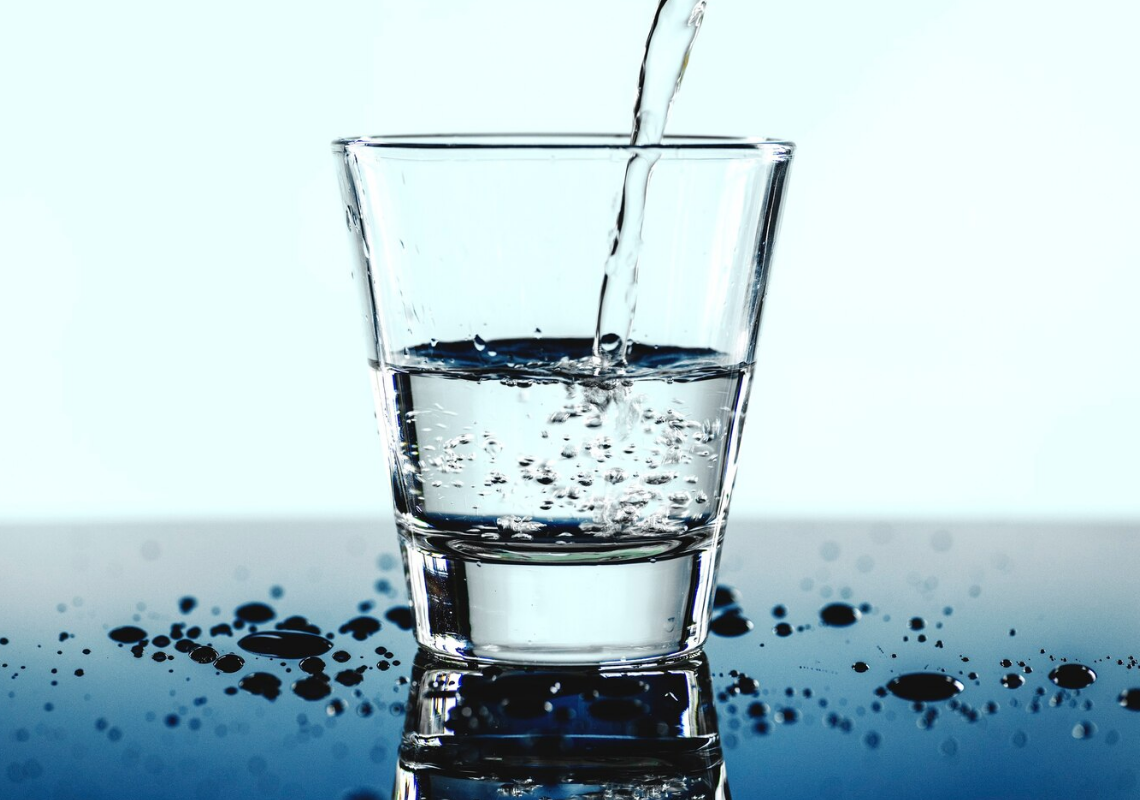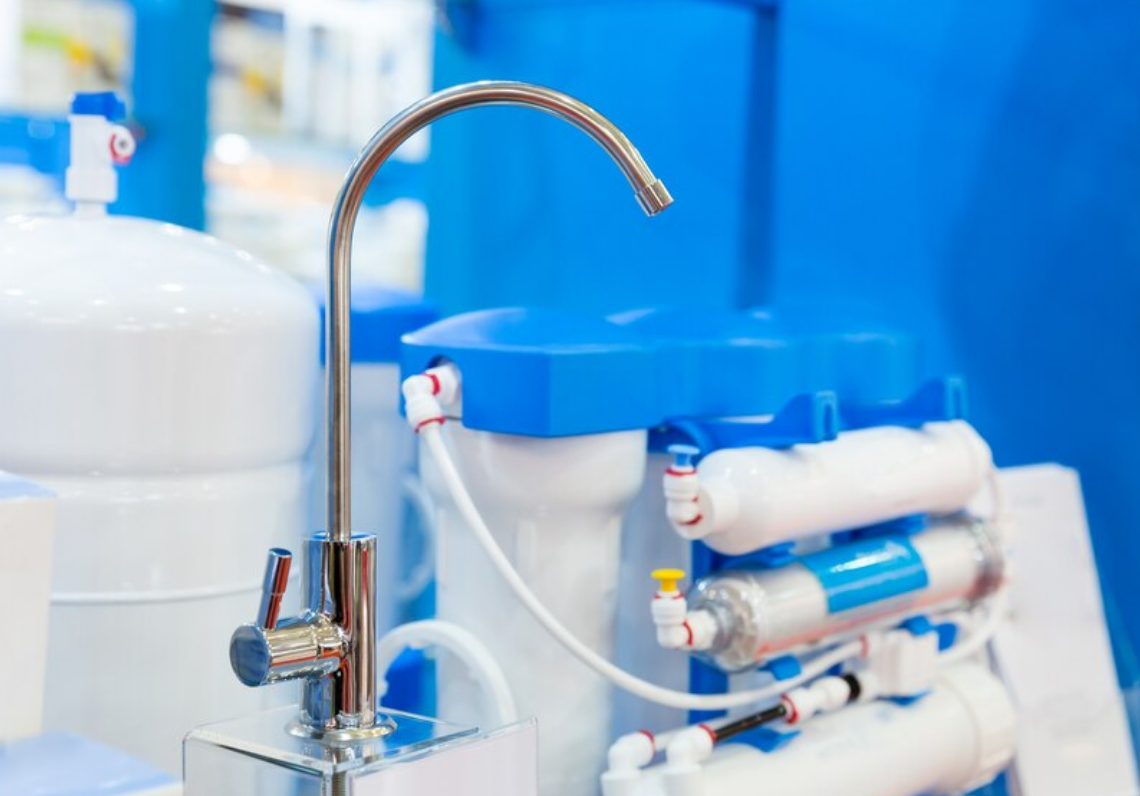What Makes RO, UV, and UF Water Purifiers Different? An Easy Guide to Clean Water
What Makes RO, UV, and UF Water Purifiers Different? An Easy Guide to Clean Water

Clean water is vital to our health and welfare. In the UK, we are fortunate to have access to safe drinking water. However, many people still choose to use water purifiers at home for extra peace of mind.
The three most common types are RO, UV, and UF water purifiers. Each has its way of cleaning water. This blog will explain how these purifiers work and help you understand which might be best for your home.
What Is RO Water Purification?
Reverse osmosis, or RO, is an effective technique for purifying water. Here's how it works:
- A very thin membrane is forced through by water.
- The membrane has tiny holes that only allow water molecules to pass through.
- Larger particles like minerals, bacteria, and chemicals are left behind.
- The result is very pure water.
RO water purifiers are great at removing a wide range of contaminants. They can take out dissolved solids, heavy metals, and even some viruses. Still, they also take out good minerals from the water. Some people find RO-purified water tastes flat because of this.
What is Ultraviolet (UV) Water Purification?
UV stands for ultraviolet, and this process cleans water by using UV light. Here's the process:
- Water passes through a chamber with a UV lamp.
- Bacteria and viruses are killed or rendered inactive by the UV light.
- It doesn't change the taste or chemical composition of the water.
UV water purifiers are very effective in eliminating bacteria. Although they are frequently utilized in labs and hospitals, they are unable to remove other kinds of contaminants such as chemicals or heavy metals.
What Is UF Water Purification?
UF stands for Ultrafiltration, and this method is similar to RO, but with some key differences:
- Water is pushed through a membrane with slightly larger pores than RO.
- It removes bacteria, parasites, and some viruses.
- It doesn't remove dissolved minerals or salts.
UF water purifiers are good at removing larger contaminants while keeping beneficial minerals in the water. They don't use electricity, which can be a plus for some households.
Comparing RO, UV, and UF Water Purifiers
Now that we understand how each type works, let's compare them:
Contaminant Removal:
- RO water purifiers remove the widest range of contaminants.
- UV water purifiers are best for killing germs.
- UF water purifiers remove larger contaminants but keep minerals.
Taste:
- RO can make water taste flat.
- UV doesn't change the taste.
- UF usually maintains the water's natural taste.
Electricity Use:
- RO systems often need electricity.
- UV purifiers always need electricity to power the UV lamp.
- UF systems don't need electricity.
Maintenance:
- RO systems need regular filter changes and membrane cleaning.
- UV lamps need to be replaced annually.
- UF membranes need cleaning or replacing periodically.
Conclusion
Understanding the difference between RO, UV, and UF water purifiers can help you make the best choice for your home. Each system has its strengths:
- RO for comprehensive purification.
- UV for germ elimination.
- UF for removing larger contaminants while keeping minerals.


















